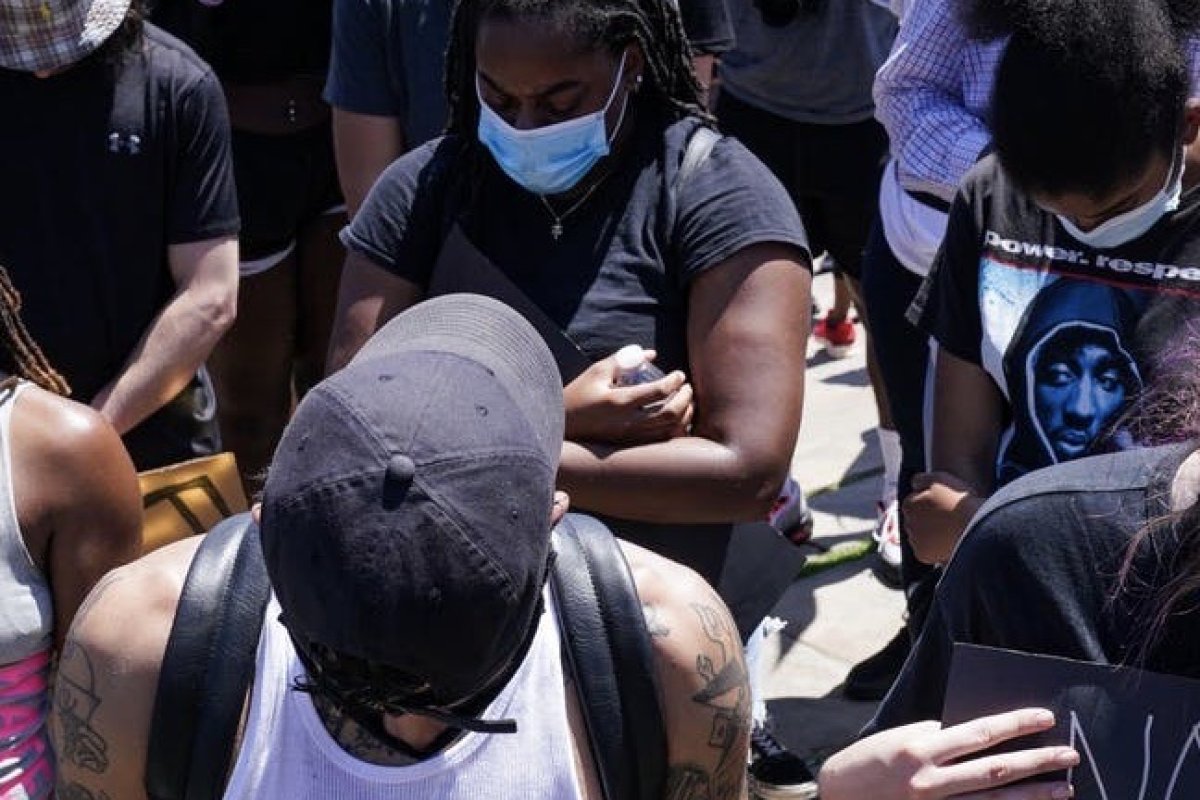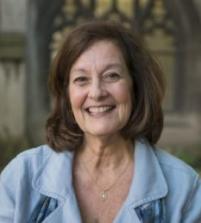
Unexpected ‘Openings’ and the Essence of Religious Practice
What we learn about the nature of religious practice from the innovations and adaptations of religious communities during the pandemic
During these last three months of our national pandemic quarantine, religious communities across the country closed their buildings to public gatherings, including customary services of worship, funeral commemorations, and celebrations of marriage. Even observances of significant religious holidays—Holy Week and Easter, Passover, and Ramadan—were excluded from their customary holy places. While those doors remained closed, however, religious leaders were opening their minds, their hearts, and their communities to new venues, experiences, and understandings: their spiritual practices found fresh expression online, in homes, outdoors, and in the streets.
A few faith leaders continued to gather their communities in person, drawing out-sized and mostly unfavorable public scrutiny and an occasional citation from local authorities. But thousands of leaders around the country chose to protect their members and their wider communities from the spread of the virus, setting their sights on new ways to gather, worship, and work. Informal surveys of religious communities indicate that the success of these experiments varied with location and demographics: online access and requisite computer skills are unevenly available, and virtual content creation can be exhausting over time.
Still, most leaders and congregants have been quick to enumerate the surprising insights and benefits that have arisen during our pandemic exile from church, temple, and mosque. They have been reminded of the power and portability of spiritual practices that can—and in many cases should—be repeated daily and at home, as well as in designated holy spaces. They have recognized the lively array of gifts within congregations, as multiple readers, musicians, poets, and artists can more easily contribute in an online environment where creativity is an asset. And invariably, they have been both humbled and delighted by the discovery that if you build it accessibly, people will actually come. Most congregations saw larger attendance online than in their traditional in-person gatherings, as they were joined by old friends who had moved away, persons who were unable to gather due to work obligations, disability or other restrictions, and spiritual seekers who could more comfortably check out worship via YouTube or Facebook Live. In the experience of many, the doors of our houses of worship have been closed for a very long time; only during this actual lockdown have these seekers found an open portal.
For these religious communities, their practice of quarantine faithfulness has been characterized by unprecedented openness: openness to intense levels of human suffering and uncertainty; openness to new ways of being, thinking, and practicing; openness to being seen and heard, professing and practicing their faith on camera and in public.
Many were taken aback, then, on May 22, 2020, when President Trump demanded that places of worship “re-open right now… in America we need more prayer, not less.” Most congregations had never considered themselves to have been “closed,” nor do people of faith cease to pray when their buildings are locked. The President’s two-minute statement was irrelevant in one sense, as the federal government does not have the constitutional right to unilaterally order states to reopen businesses, churches, or schools. But as one more projection of our government’s patent misunderstanding of religion, Trump’s equation of religious life with physical property, and religious practice with business, models a dangerous over-simplification: the commodification of complex human phenomena that disrespects human dignity, disregards moral imagination, and discounts ethical agency. Dignity, imagination, ethical agency—these are the essence of religious life, and they are the same qualities that render religious communities actually essential for a culture’s common good.
For an administration so focused on the self-serving consolidation of truth and power, it would be convenient if spiritual communities simply returned to their private “houses of worship,” and resumed their politically sanctioned activity of “more prayer, not less,” all the while quibbling with their neighbors about the value of social distancing or the validity of banning singing at church. But there is evidence that many of these communities have already accepted and exceeded the President’s invitation to “re-open,” taking their openness to new levels. They have not forgotten the lessons learned in exile: their practices are portable and relevant to everyday life; their communities incubate voice, poetry, and creativity; and they are willing to appear in public, to be accessible and visible.
This month, then, faith communities have become a steady presence at protests on behalf of racial justice and human rights. Congregations and faith leaders are bringing their ritual sensibilities into the streets—joining processions, raising their voices, making music, caring for their neighbors, sharing these practices with their children. Several communities hosted memorial services for George Floyd. Last Sunday, a large interfaith crowd gathered on the grounds of St. John’s Church where President Trump had brandished a Bible for the media a few weeks ago, reclaiming that space for prayer, healing, and human dignity.
During every gathering, whether online or in the streets, communities are rehearsing and repurposing their religious commitments out in the open. Most notably, they are remembering and reclaiming the practice of honoring our common humanity by naming the ancestors—in this case, calling out the names of those who have lost their lives to racial violence. In a recent discussion hosted by UCLA’s Fowler Museum in Los Angeles, Black Lives Matter leaders Patrisse Cullors and Melina Abdullah described the role that spirituality and prayer have played in their movement, particularly through this practice of naming: “Part of our calling as people who do this work for Black lives is to lift our people up, both in their living, but also in their death.” By highlighting their names, Cullors said she feels personally connected and responsible and accountable to them, “both from a deeply political place but also from a deeply spiritual place.”
Spiritual practice that illumines the present with the wisdom of the past; leaders that attend to the dignity of the dead alongside living; communities that unlock the doors separating the spiritual and moral from the material and political—these are the marks of people of faith, truly essential and undeniably open for business.
Image: Protesters in Philadelphia bow their heads in prayer on the steps of the Philadelphia Museum of Art in remembrance of George Floyd. (Photo Credit: Chase Sutton)
Sightings is edited by Joel Brown, a PhD Candidate in Religions in the Americas at the Divinity School. Sign up here to receive Sightings via email. You can also follow us on Facebook and Twitter. The views and opinions expressed in this article are those of the author and do not necessarily reflect the position of the Marty Center or its editor.


